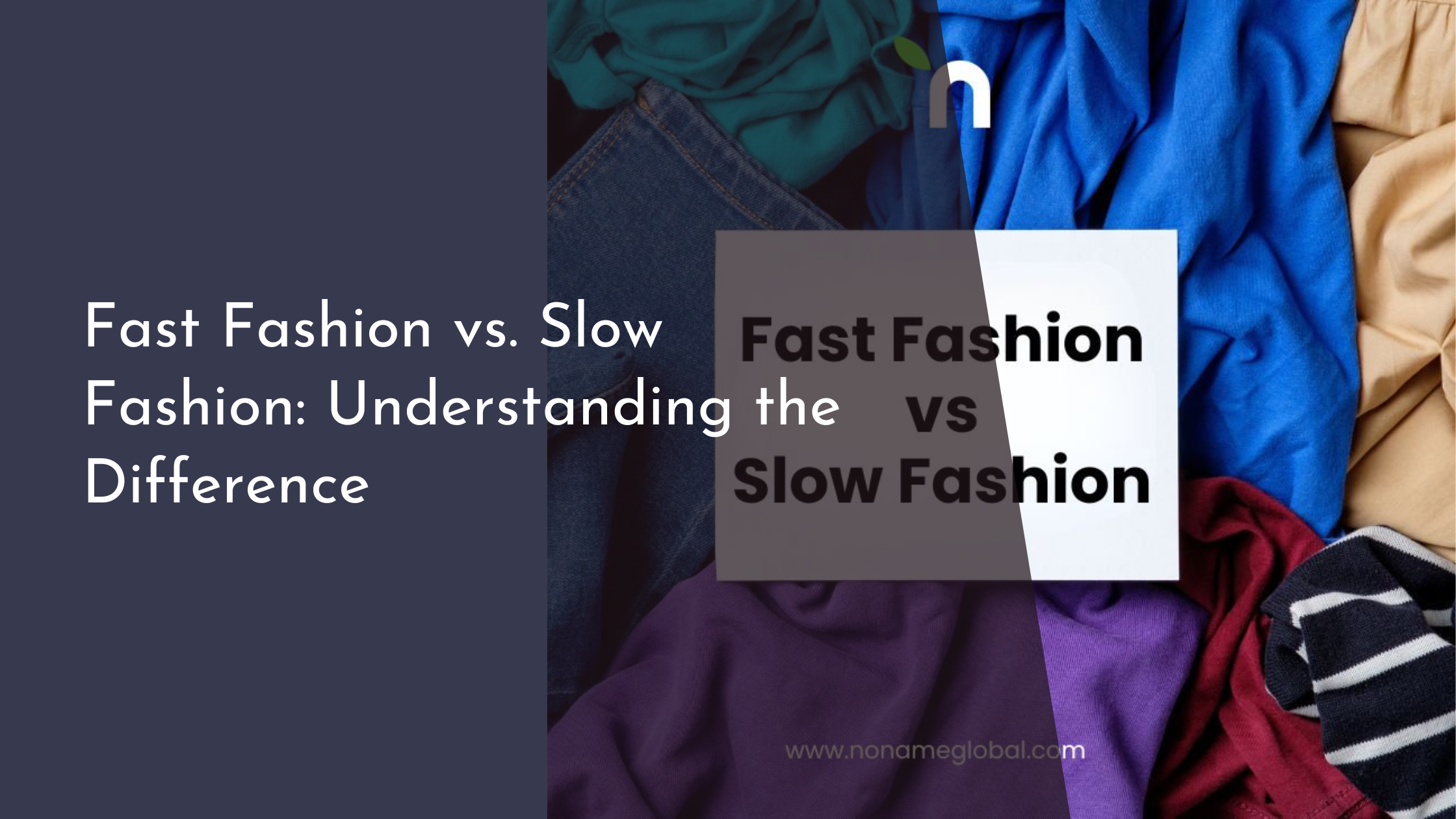Fast Fashion vs. Slow Fashion: Understanding the Difference
Fast fashion and slow fashion are two contrasting approaches to clothing production and consumption that have increasingly captured the attention of consumers, designers, and environmentalists alike. As shoppers become more aware of the social and environmental impacts of their purchasing choices, the distinction between these two fashion philosophies has become more pronounced. This article delves into the essence of fast and slow fashion, explores the burgeoning slow fashion movement, highlights their key differences, and provides guidance on how to make more conscious fashion choices.
What is Fast Fashion All About?
Fast fashion refers to a business model focused on rapidly producing high volumes of clothing, replicating the latest fashion trends seen at fashion shows and celebrity events, and bringing them quickly to retail stores at affordable prices. This approach leverages global supply chains and economies of scale to churn out trendy apparel with remarkable speed, often resulting in new styles appearing in stores just weeks after they are spotted on the runway. Fast fashion brands capitalize on the consumer desire for novelty, encouraging frequent purchases by updating their collections regularly.
The downside of fast fashion, however, lies in its environmental and ethical implications. The emphasis on speed and low cost often compromises the quality of garments, leading to their quick disposal when trends fade or items wear out. Moreover, fast fashion relies heavily on resource-intensive processes and low-cost labor, often in developing countries where workers face poor conditions and inadequate wages. This cycle of “buy, wear, discard” contributes significantly to waste and pollution, prompting a growing call for more sustainable practices in the industry.
The Rise of Slow Fashion Movement
The slow fashion movement emerged as a response to the unsustainable practices of fast fashion, advocating for a more mindful and ethical approach to clothing production and consumption. Slow fashion emphasizes quality over quantity, promoting the purchase of fewer, better-made items that are designed to last. This philosophy encourages consumers to consider the origin of their clothing, the materials used, and the labor involved in the production process, fostering a deeper connection to their wardrobe.
As awareness of environmental issues grows, slow fashion has gained traction among both consumers and designers. Brands embracing slow fashion often focus on environmentally-friendly materials, fair labor practices, and transparent supply chains. They aim to minimize waste by creating timeless, versatile pieces that defy fleeting trends and encourage a more thoughtful approach to personal style. This shift towards conscious fashion not only benefits the planet but also supports artisans and workers around the world, creating a more equitable and sustainable fashion ecosystem.
Key Differences Between Fast and Slow Fashion
One of the most significant differences between fast and slow fashion is the production process. Fast fashion prioritizes speed and cost-efficiency, often at the expense of quality and sustainability. In contrast, slow fashion values craftsmanship, using high-quality materials and ethical production methods that prioritize durability and reduce environmental impact. This focus on longevity means that slow fashion pieces are often made with more attention to detail, resulting in garments that can be cherished and worn for years.
Another key distinction lies in consumer behavior. Fast fashion encourages a culture of constant consumption, where shoppers are enticed by frequent new arrivals and low prices to buy more and discard quickly. Slow fashion, on the other hand, advocates for mindful consumption, urging individuals to invest in fewer pieces that they truly love and need. By shifting focus from quantity to quality, slow fashion fosters a more sustainable relationship with clothing, encouraging consumers to appreciate the stories behind their garments and the positive impact their choices can have on the environment and society.
Making the Shift: Embrace Conscious Fashion Choices
Transitioning from fast fashion to slow fashion requires a conscious effort to rethink our shopping habits and prioritize sustainability in our wardrobes. Start by assessing your current clothing collection and identify gaps or items that can be replaced with more sustainable options over time. Research brands that align with slow fashion principles, focusing on those that use organic materials, support fair trade, and offer timeless designs. By gradually curating a wardrobe with these considerations in mind, you can contribute to a more sustainable fashion industry.
Additionally, adopting practices like buying second-hand, upcycling, and caring for your clothing can significantly extend the life of your garments. Engaging in clothing swaps or renting outfits for special occasions are also wonderful ways to enjoy fashion while keeping sustainability at the forefront. By embracing conscious fashion choices, you not only reduce your environmental footprint but also support a future where fashion is celebrated for its creativity and craftsmanship, rather than its contribution to pollution and waste.
Understanding the differences between fast and slow fashion empowers consumers to make informed choices that align with their values. While fast fashion offers accessibility and endless trends, it comes at a significant environmental and ethical cost. Slow fashion, though requiring a shift in mindset, provides a pathway to a more sustainable and responsible fashion future. By consciously choosing quality over quantity and embracing sustainable practices, we can all contribute to a fashion industry that respects both people and the planet.

